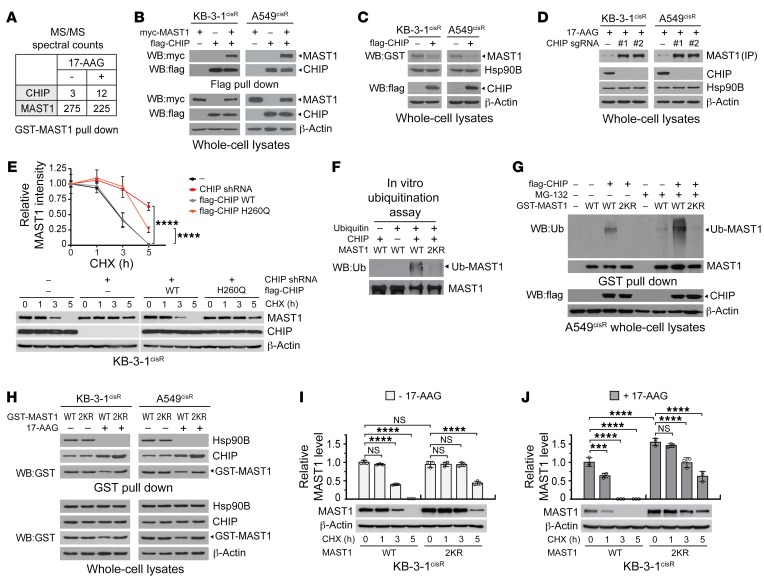Figure 5. CHIP ubiquitinates and degrades MAST1 when unmasked by hsp90B.
(A) MAST1 interacts with CHIP in cells. GST-pull-down samples from 293T were applied to LC-MS/MS. Spectral counts of CHIP and MAST1 in samples treated with or without 17-AAG are shown. (B) Overexpressed CHIP and MAST1 interact in cancer cells. Effect of CHIP overexpression (C) or knockout (D) on MAST1 levels. (E) Comparison of MAST1 protein stability in cells with CHIP modulation was achieved by cycloheximide (CHX) chase assay. Cells with CHIP knockdown were transfected with shRNA-resistant CHIP variants followed by 5 μg/mL CHX treatment for the indicated time. MAST1 amount was determined by density analysis. Representative data are shown. (F) In vitro CHIP ubiquitination assay using purified MAST1 WT or 2KR. (G) Ubiquitination of MAST1 WT and 2KR in cells. GST pull-down samples from A549cisR cells treated with MG-132 (10 μM) were immunoblotted with anti-ubiquitin antibody. (H) Interaction of MAST1 WT or 2KR, hsp90B, and CHIP in the presence or absence of 17-AAG. MAST1 WT and 2KR protein stability in the absence (I) and presence (J) of 17-AAG was determined by cycloheximide chase assay. Data shown are representative of 3 (B–E, I, and J) and 2 (F, G, H) independent biological experiments. Data are mean ± SD from 3 technical replicates. Statistical analysis was performed by 2-way ANOVA for E and 1-way ANOVA for I and J. ***P < 0.005; ****P < 0.0001.

